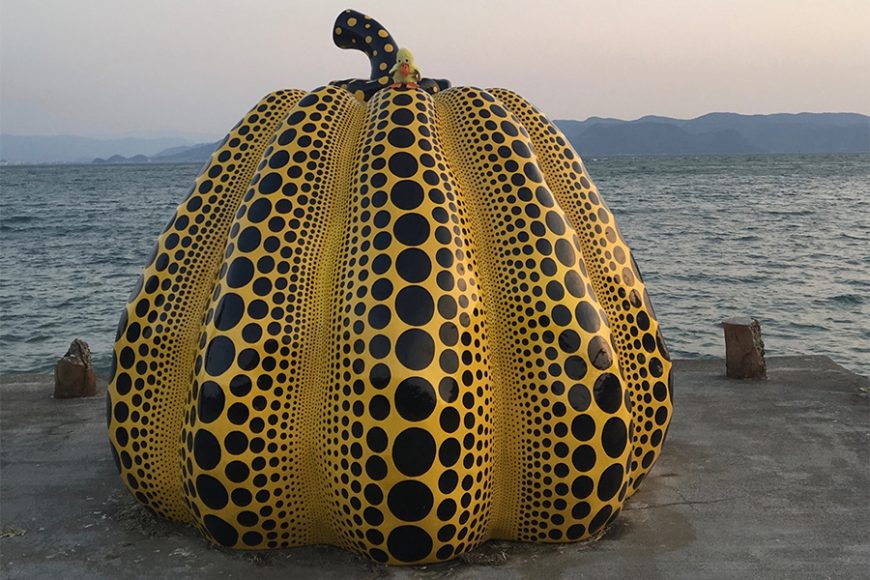Design is not a topic that you usually associate with breaking news. But recently, the design world found itself in the crosshairs of controversy as the Trump Administration, spurred by the National Civic Art Society, announced that it would be “Making Federal Buildings Beautiful Again” by decreeing they should be classical in style rather than Modernist.
This is not the space to debate the topic — although as a lover of the ancient Greeks, as readers know, I’m content. Still, as I noted in a lengthy post on the subject at my blog, thegamesmenplay.com, the great composer-pianist Duke Ellington once said, “There are only two kinds of music — good and bad.” So it is with all the arts. It’s not a question of one style or another but rather what is appropriate for an individual or a setting.
The classical-versus-Modernist debate has been going on for a long time. Indeed, the Waterbury-born architect and late Westchester resident Ralph Thomas Walker — creator of such Art Deco gems as One Wall St. and the New York Telephone Building — decried the steel and glass boxes of the International Style, even as people once railed against the sleek, organic Art Deco. (As Andrea Bayer, deputy director of collections and administration at The Metropolitan Museum of Art, wisely notes in our story on the museum’s 150th anniversary: “Every generation confronts its own modern.”)
It is fascinating, however, that the clash should arise at a moment when the pendulum seems to have swung away from the modern and back to the traditional in interiors, or at least to include the classic in the conversation. Designers ranging from rising international star Patrick Mele (our cover subject) and established player Carlton Varney are interested in color, pattern, texture. (Those whited Grecian temples and statues were once covered in paint.)
“I’m a color person,” Varney told Jeremy. “I remember coming back from Papeete (capital of French Polynesia) and landing in LA. The hotel room was all beige and gray. I felt I was naked in a bowl of oatmeal.”
“Color was everywhere,” Wares columnist Cami reports after visiting Paris, where she attended the biannual interior design fair “Maison et Object” and “Déco Off,” all about trade showrooms. So were prints and other distinctive patterns and natural materials, she writes. (And you know what? The same applies for the runway as Chuck Steelman, Neiman Marcus’ senior manager of VIP Private Client Experiences, explained during the Feb. 5 “Neiman Marcus Trend Report,” a benefit for St. Vincent’s Hospital Westchester, a division of Saint Joseph’s Medical Center, at Neiman Marcus Westchester in White Plains. See our Watch pages.)
Brown furnishings are back. So are “darker wall, ceiling and trim paint colors,” says Randy Florke, the decorator, Realtor and author whom Bob caught up with once again. Perhaps most important, stuff is back — displayed, utilized, loved as Jeremy learns in his talk with Jonathan Adler and Mary explores in her stories on Eclectic Home and Fayette Studio, both in Greenwich, and on wallpaper designer Cristina Buckley. No need to go all Marie Kondo here.
This doesn’t mean that people shouldn’t get organized and declutter. Or that they don’t want contemporary amenities, like smart technology in their kitchens, as Phil discovered when he interviewed Connecticut kitchen designer Peter Deane.) Or that we don’t love the airy, lucent spaces with floor to ceiling windows that typify some of the houses we see in our Way column. It may just mean that people want more variety in what is ultimately a home that reflects their individuality and comfort.
Nor does any of this mean that Modernism and contemporary art, which cut a wide swath, lack color, pattern and texture. One of the best-known artists today is Yayoi Kusama, whose delightful creations celebrate her love of pumpkins, polka dots and, of course, polka-dotted pumpkins. She’s the subject of a retrospective at the New York Botanical Garden (May 9-Nov. 1) that should turn the Bronx into an old-fashioned happening. Told about it, Bo Kim — the new vice president and general manager of The Saks Shops at Greenwich — donned a Dolce & Gabbana polka-dotted pumpkin-colored dress for a photo shoot for our story on her. Sharp lady.
Elsewhere we play on house, design and home design with a look at the “House” of Windsor, specifically the Duke and Duchess of Sussex, alias Harry and Meghan, now making a home in North America. It’s the kind of thing we often write about in WAG Weekly, our e-newsletter, which has moved back to Fridays.
If WAG gives you the unusual stories you never knew you needed to know, Weekly, WAG’s wacky cousin, goes behind the scenes or tells you what you might do, see or buy.
It’s another way of extending our conservations with you, our dear readers.
A 2018 Folio Women in Media Award Winner, Georgette Gouveia is the author of the new “Burying the Dead,” “Daimon: A Novel of Alexander the Great” and “Seamless Sky” (both JMS Books), as well as “The Penalty for Holding,” a 2018 Lambda Literary Award finalist (JMS Books), and “Water Music” (Greenleaf Book Group). They’re part of her series of novels, “The Games Men Play,” also the name of the sports/culture blog she writes. For more, visit thegamesmenplay.com.




